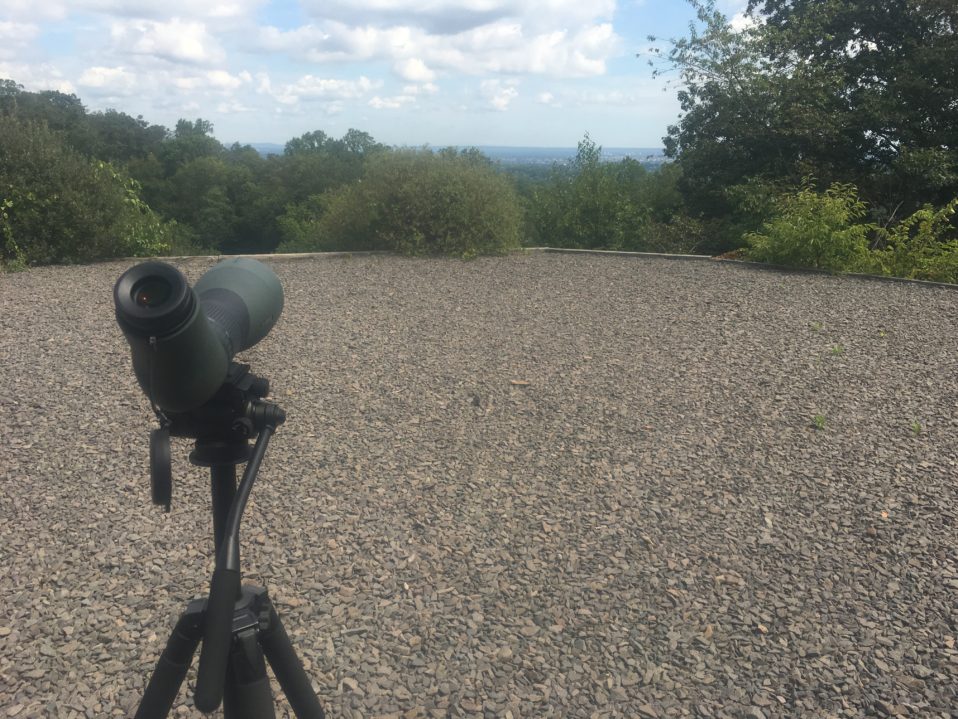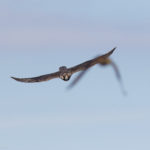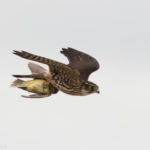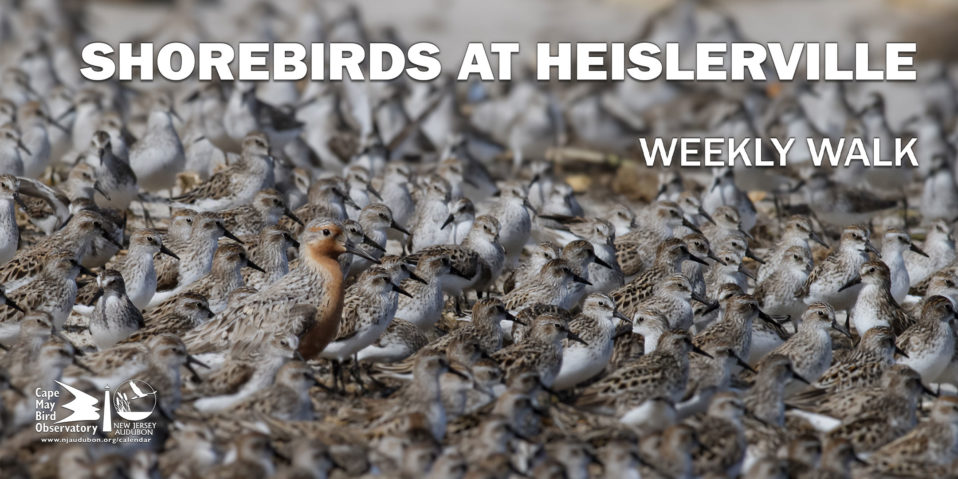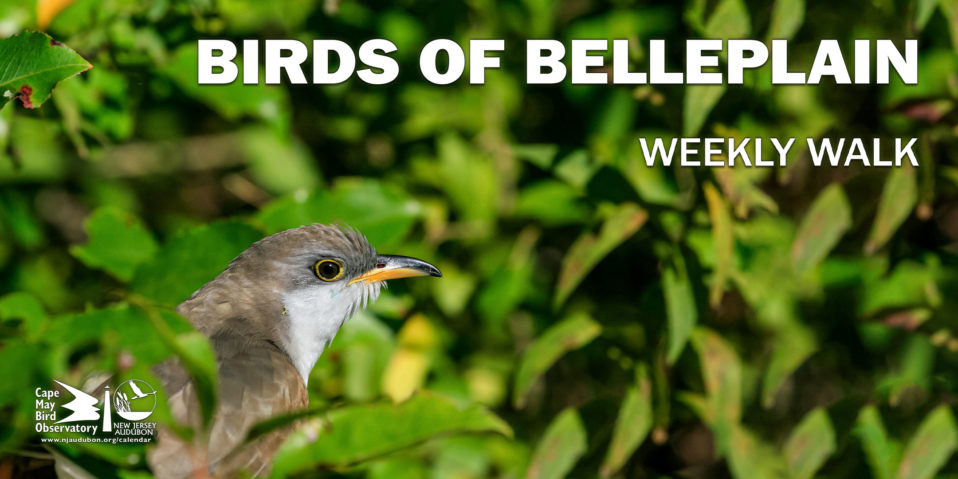Weather at the Montclair Hawkwatch has been somewhat erratic lately, with some days bringing chilly breezes and others summertime heat. There has been a bit of precipitation as well, which is much needed given the desiccated leaves on many of the trees and shrubs surrounding the view from the platform. With such differences in weather, it is been difficult to conjecture any potential correlations between it and variances in migrant activity for the week.
Migrant raptor activity has been relatively low in general, but American Kestrels and Bald Eagles are passing through regularly. The last day of September in particular was an excellent day for seeing falcons. Thirteen kestrels in total passed over, and all flew low over the platform to give detailed looks. Although quick, some were generous enough to circle around a few times before disappearing south out of view. The kestrels were accompanied by six Merlins and three Peregrines, as well. Unlike the kestrels, the Merlins did not bother soaring or circling, and shot across the platform’s field of view like missiles.
An entertaining avian drama unfolded with one Peregrine seen on this day, as it pursued a low-soaring Common Raven heading north. The raven, attempting to maneuver and dive repeatedly to safety, could not shake off the falcon. I am not sure of the Peregrine’s motives, but if it truly wanted to attack the raven it could have easily done so. Four times, it raked the raven’s mantle with its talons as if warning it, but never attempted to grasp at the larger bird. Eventually, the Peregrine allowed the raven some space to escape above to safety. The relenting attacker retraced its flight southward to continue its migration.
Broad-winged Hawks are still passing through either individually or in small groups, although none were present on the first of October. Most of the individuals are low-flying, while the grouped birds have been soaring high. A higher proportion of juveniles are passing through at this point in the season; during the beginning of the species’ migration season the vast majority of individuals had adult plumage. Cooper’s and Sharpies have been much more numerous, with one Cooper’s stopping by in a tree to the east side of the platform to hide away from a mobbing group of Blue Jays.
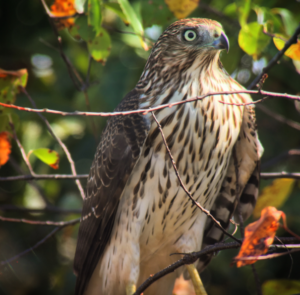
Northern Harrier has been an uncommon and welcome sight worth mentioning. On Wednesday, two juveniles passed over just above the tree-line. All others I have seen so far have been adult females soaring high.
The warm still days have been good for migratory monarch numbers, and October 1st brought 257 monarchs over the hawkwatch on their southbound journey. This number is a record for the season, beating the original high count of 234 observed the previous week. Seemingly every minute of the day there was at least one within view. A few notable songbird migrants have stopped through as well; among them a secretive Philadelphia Vireo that— fortunately for identification purposes— had a very bright yellow breast and flanks. I also spotted a Prairie Warbler, Northern Parula, and Scarlet Tanager passing through the vegetation surrounding the platform.
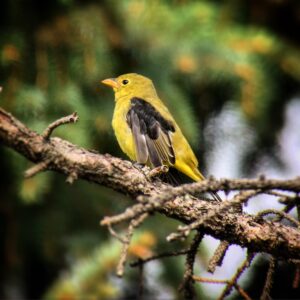
Happy birding!
David Rosenbaum




